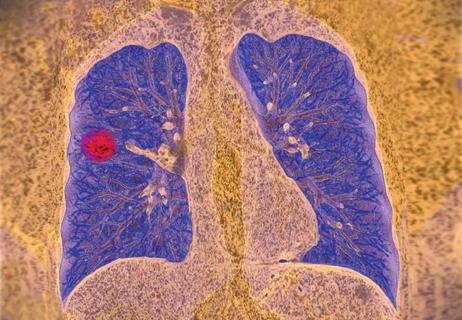Advertisement

Management and diagnostic insights from an infectious disease specialist and a pulmonary specialist

Largest study examines factors affecting asthma exacerbations during and after pregnancy

Resection, radiotherapy or ablation?

More than 30% of patients die when early dialysis is needed after surgery
Advertisement
Cleveland Clinic is a non-profit academic medical center. Advertising on our site helps support our mission. We do not endorse non-Cleveland Clinic products or services. Policy

Initial findings demonstrate improved symptoms and reduced steroid dependence

New developments offer providers more sophisticated options

First-ever procedure restores patient’s health

Exploring the cost-effectiveness of end-of-life treatment options

Treatments can be effective, but timely diagnosis is key

New research classifies asthma into five clinically important subphenotypes
Advertisement
Advertisement